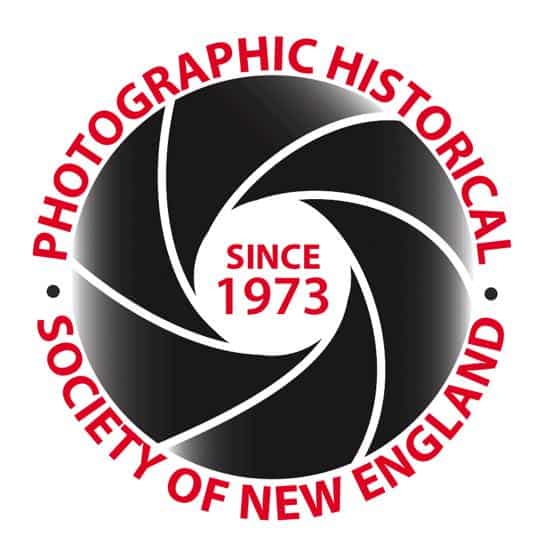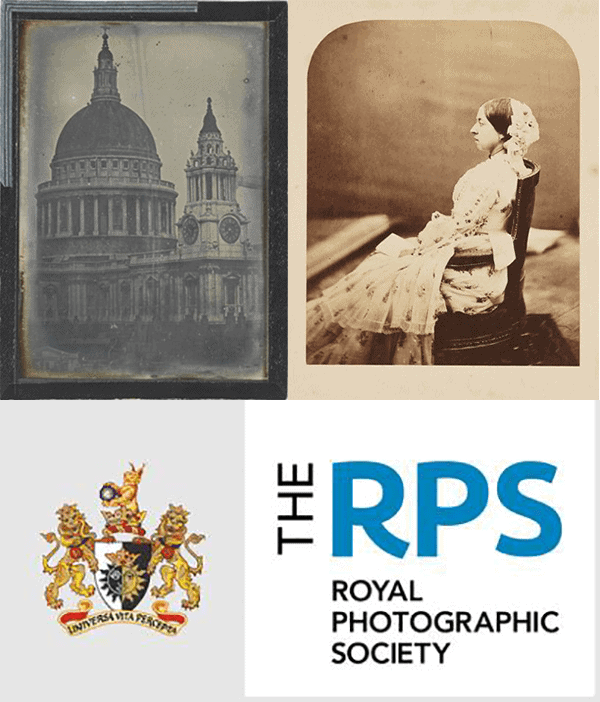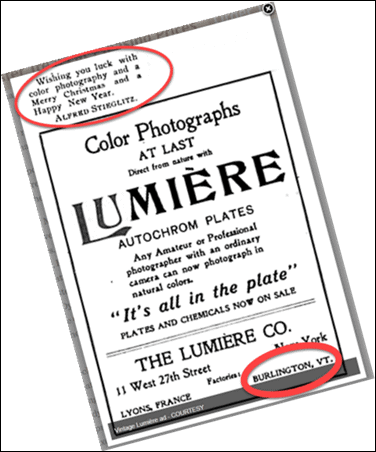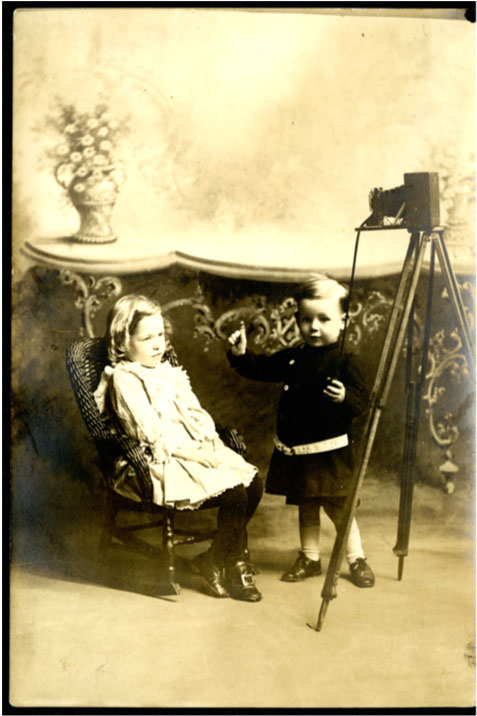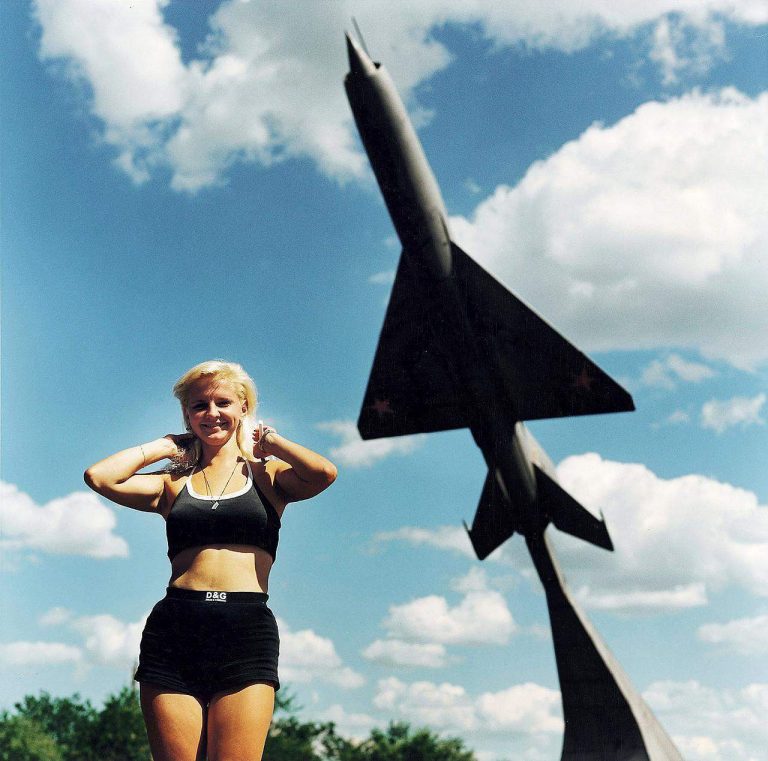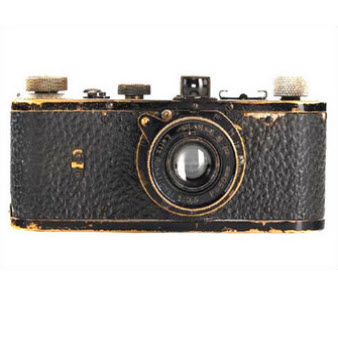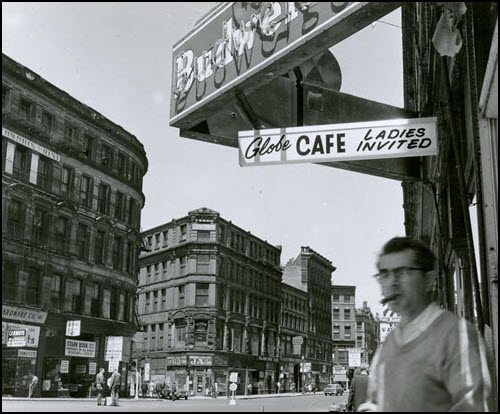Happy Birthday to The Royal Photographic Society of Great Britain. It was founded on January 20, 1853, and is the oldest continuously-operating photographic society in the world. The RPS has been “promoting the art and science of photography” and “the interchange of thought and experience among Photographers” for 169 years this month. In addition, RPS recently completed digitizing 158 volumes of the RPS Journal archive from 1853 to 2018, with full text search, page and image viewing, and free, open access. You can start from the beginning here.
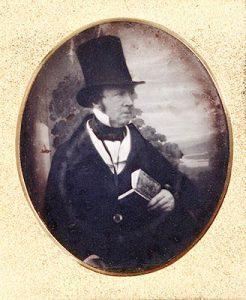
Some RPS History
The first thing the RPS did following the inaugural meeting was to establish a journal at the second meeting on February 10, 1853. This publication would communicate the proceedings of each meeting and share information among its members. The Journal of the Photographic Society of London, Volume I, Issue I, was published March 3, 1853.
In a short history of the founding of the Society, a few famous names appear regularly: William Henry Fox Talbot, Roger Fenton, and Sir Charles Eastlake, who became the first President of RPS. It turns out the Society might have started several years earlier had it not been stymied by Talbot’s refusal to give up his Talbotype (calotype) patent. Here is an excerpt from the RPS history:
Towards a London Photographic Society
By the late 1840s and early 1850s photography was beginning to move on technically from the daguerreotype and Henry Talbot’s calotype processes. In March 1851 Frederick Scott Archer published in The Chemist details of his collodion process which represented a significant advance on the calotype. It used collodion on glass to carry the light-sensitive chemicals and although it would take further work to refine it for commercial use amateurs and commercial studios were able to use it freely as it was not protected by patent. Talbot claimed that his 1843 calotype patent applied to Archer’s process but the courts eventually dismissed this in 1854.
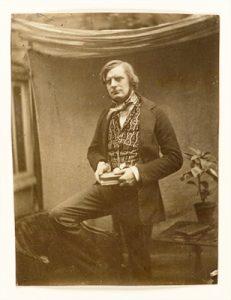
The history continues:
“The Great Exhibition was also important. Opening on 1 May 1851 it brought together 700 exhibitors and over 6 million visitors by the time it closed on 15 October 1851. Photography was exhibited as both fine art and as a branch of science and over 700 photographs were shown as well as cameras, lenses and associated photographic apparatus.”
Roger Fenton may have written the first proposal for a photographic society in London in 1851, but due to Talbot’s refusal to release his patents, the more pressing issue was to deal with Talbot. Despite several delegations of photographers, including Fenton, scientists, and other officials there had been no progress. However, in 1852:
“… discussions continued under the auspices of the Society of Arts with Sir Charles Eastlake, director of the National Gallery, and Lord Rosse, president of the Royal Society, taking the lead as official representatives of art and science in the UK. After two months an agreement with Talbot was reached. In a formal letter dated 30 July 1852 Talbot acknowledged the impact of the Great Exhibition as heralding a new era for photography and he presented his invention to the country.”
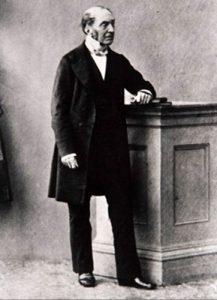
Following the January 1853 founding of the Society, the founders and members began a whirlwind of activities including: the launch of the Journal, finding meeting space and administrative offices, hiring staff, planning exhibitions, advertising for members, collecting dues, and more. By mid-1854, the Society had even acquired patrons. Society President Sir Charles Eastlake received a letter from Mr C B Phipps at Buckingham Palace dated 30 May stating:
“I am commanded to inform you that the Queen and Prince will willingly give their Patronage to the Photographic Society.”
This raised the question of whether the Society’s name should be changed to reflect the Royal patronage. The Council minutes of 16 June recorded that “the subject of the assumption of the title of ‘Royal Photographic Society’ having been considered. Resolved that it is not expedient to take any further steps in that matter for the present.” The Society eventually became “Royal” in 1894.
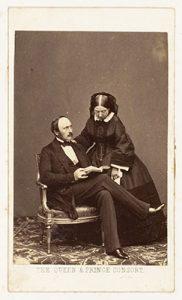
It’s worth contemplating for a moment how much history, photographic and otherwise, is stored on those 30,000+ Journal pages. Archer’s wet-collodion process had just been perfected; Crimean War photographs by Roger Fenton (an RPS founder) offered a more objective view of war than fanciful artists and engravers. Photography and science became entwined by documenting visual evidence of everything from microbes to moons, moss, monkeys, mountains, minarets, and mothers. Photography in these last 169 years went from an intriguing new form of visual expression to the tsunami of images and image-making that surround us daily The RPS has been capturing it all this time.
Today’s RPS, now based in Bristol, continues promoting “the art and science of photography,” and offers a startlingly wide range of ways to be involved as photographers, students, teachers, researchers, members, and in other activities. Here’s to The Royal Photographic Society on its 169th birthday. How will they celebrate the 170th?
More about the Royal Photographic Society of Great Britain:
- The RPS
- RPS History
- RPS Archives
- Upcoming: Free online presentation by documentary photographer Jack Lowe “The Lifeboat Station Project” Thursday, Feb 10, 1 PM EST Register to participate ahead of time.
- Use PHSNE’s Connections page to learn more about other photo history groups.
Top Image: St. Paul’s Cathedral, 1854 Anonymous; Queen Victoria in profile, 1854, Roger Fenton; The Royal Photographic Society of Great Britain coat of arms & logo (RPS)
What the heck…
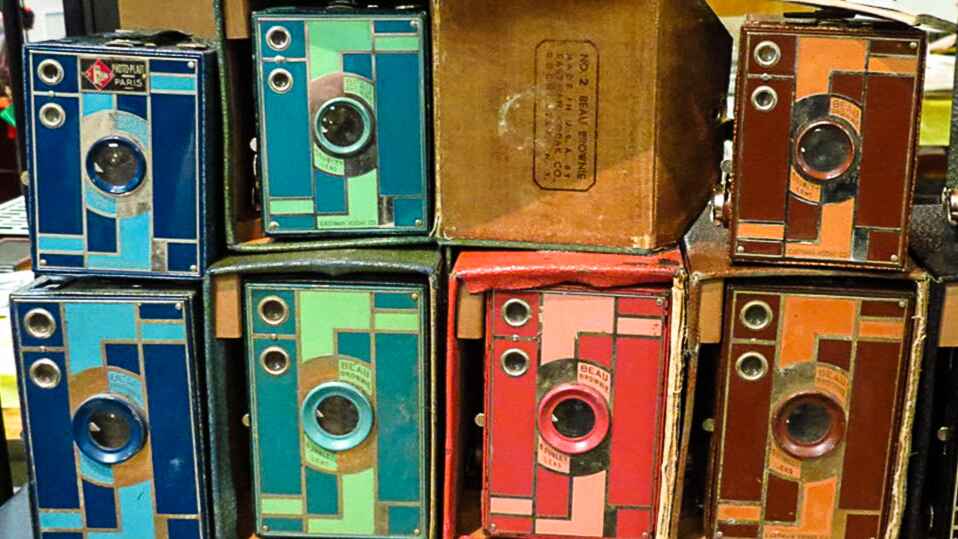
Are Those Even Cameras?!
Join the PHSNE Newsletter and learn more about photographic history and preservation. Already an expert? Come and share your collections and knowledge as we celebrate the history and advancement of photography.
